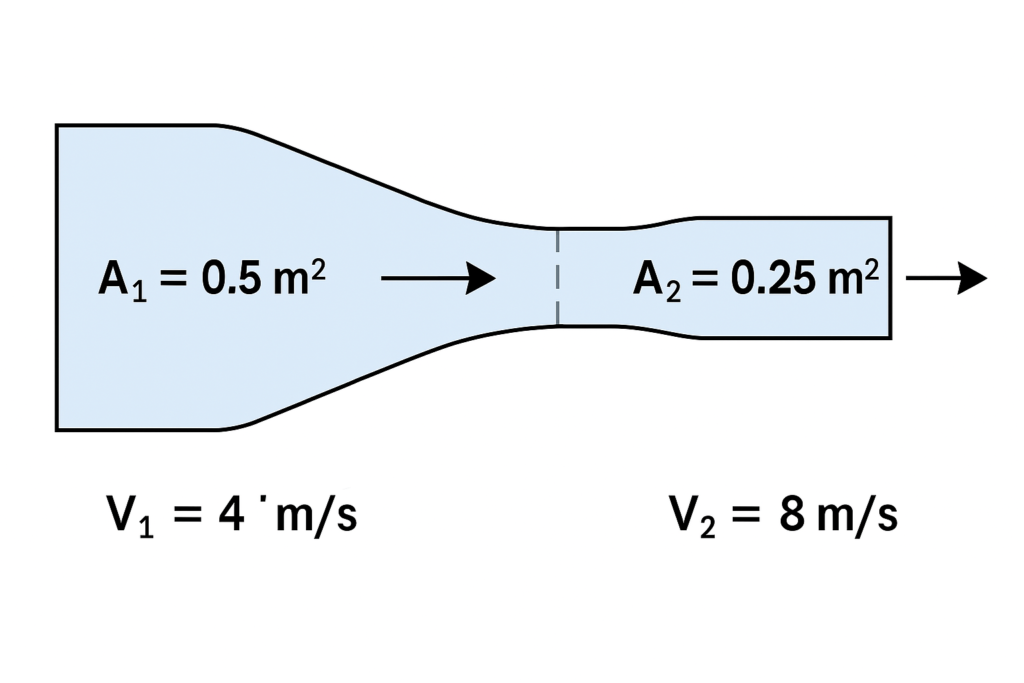Continuity Equation made easy! Learn how air velocity changes in ducts, why flow in equals flow out, and how to size HVAC systems correctly.


Continuity Equation made easy! Learn how air velocity changes in ducts, why flow in equals flow out, and how to size HVAC systems correctly.